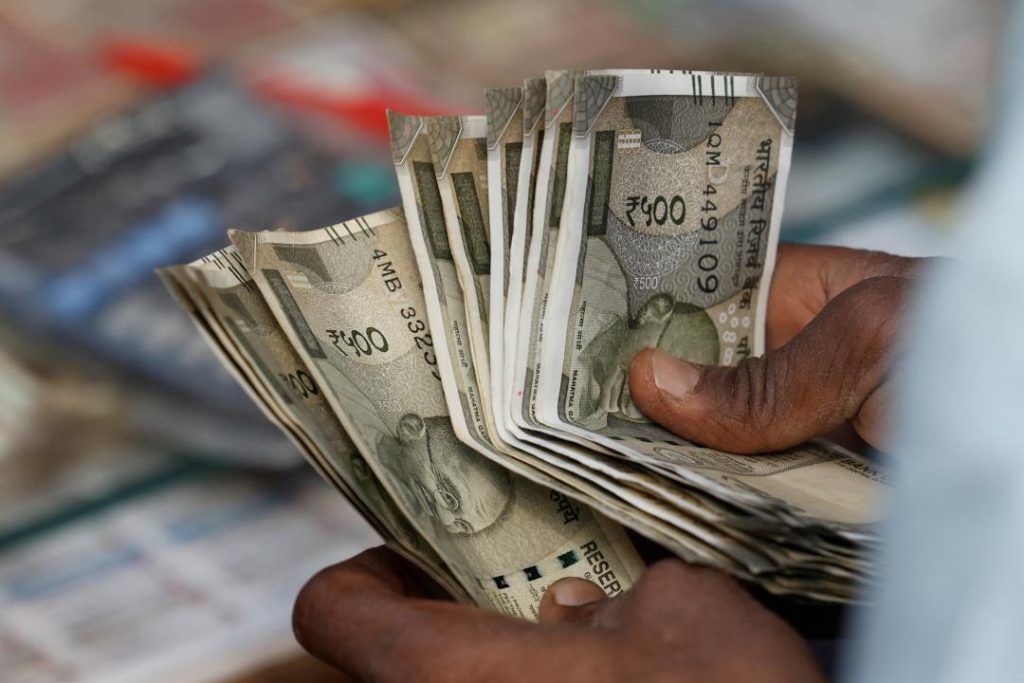
What Got Cheaper & Costlier in March as CPI Falls to 67-Month-Low of 3.34%?
India’s retail inflation, as measured by the Consumer Price Index (CPI), has fallen to a 67-month-low of 3.34% in March. This significant drop is attributed to the decline in prices of essential commodities such as eggs, vegetables, and pulses. However, not all goods and services saw a decrease in prices. In fact, some categories experienced a marginal increase, while others saw a sizeable jump.
The latest data released by the Ministry of Statistics and Programme Implementation shows that the CPI, which gauges the average change in prices of a basket of goods and services, has declined sharply over the past month. This development is significant, as it indicates that the Indian economy is witnessing a slowdown in price growth, which is often seen as a precursor to a slowdown in economic growth.
The decline in CPI is primarily attributed to the drop in prices of essential commodities such as eggs, which saw a massive decline of 15.76% in March. Vegetables and pulses also saw significant price drops, with declines of 12.65% and 11.45%, respectively. The prices of spices, meat, fish, and housing also saw marginal declines, while prices of recreation and amusement services dropped by 2.43%.
On the other hand, some categories saw a marginal increase in prices. Cereals, milk, oil, sugar, confectionery, clothing, snacks, sweets, pan, tobacco, footwear, fuel, and health and education services all saw price increases, albeit marginally. The prices of fruit, however, saw a sizeable jump of 13.55% in March, which is likely to have a significant impact on household budgets.
The decline in CPI is attributed to various factors, including a good harvest season, which has led to an increase in the supply of essential commodities. Additionally, the government’s efforts to improve agricultural productivity and reduce wastage have also contributed to the decline in prices.
The decline in CPI is also expected to have a positive impact on the economy. With prices falling, consumers are likely to have more disposable income, which could lead to an increase in demand for goods and services. This, in turn, could lead to an increase in economic activity and growth.
The decline in CPI is also expected to have a positive impact on the inflation trajectory. With prices falling, the risk of inflationary pressures decreases, which could lead to a more stable economy. This, in turn, could lead to an increase in confidence among investors and consumers, which could lead to an increase in economic activity and growth.
The decline in CPI is also expected to have a positive impact on the fiscal situation. With prices falling, the government’s fiscal math becomes easier, which could lead to a reduction in the fiscal deficit. This, in turn, could lead to an increase in credit availability and an improvement in the overall economic situation.
In conclusion, the decline in CPI to a 67-month-low of 3.34% is a significant development, which indicates that the Indian economy is witnessing a slowdown in price growth. The decline in prices of essential commodities such as eggs, vegetables, and pulses is a welcome development, which is expected to have a positive impact on household budgets and the overall economy. While some categories saw a marginal increase in prices, the overall trend is positive, and the government’s efforts to improve agricultural productivity and reduce wastage are likely to have a long-term impact on the economy.






